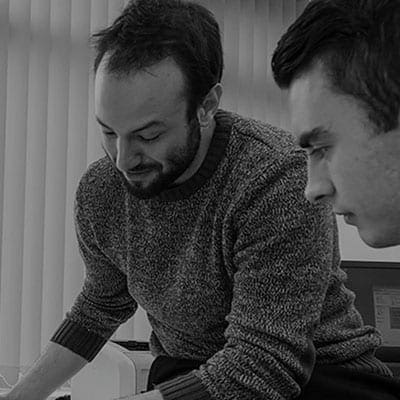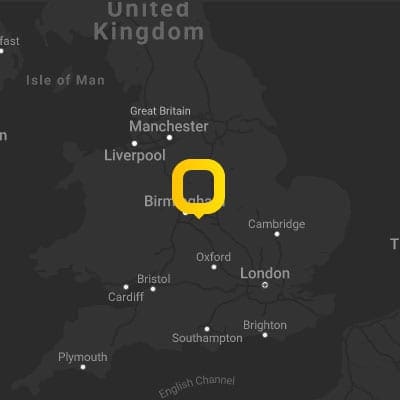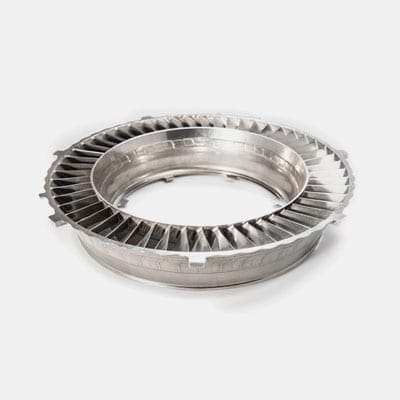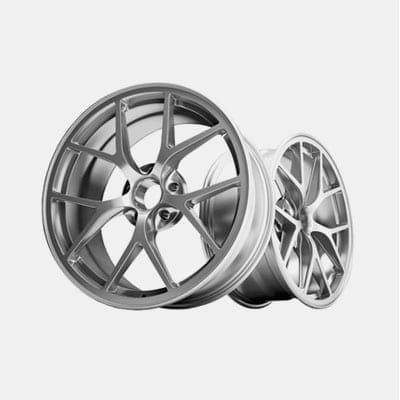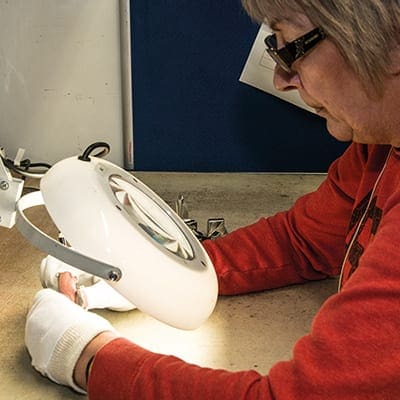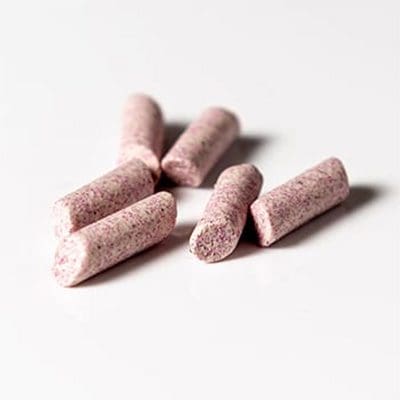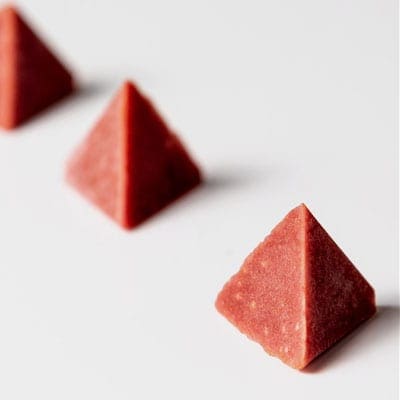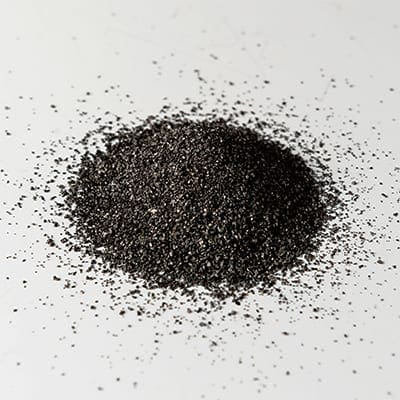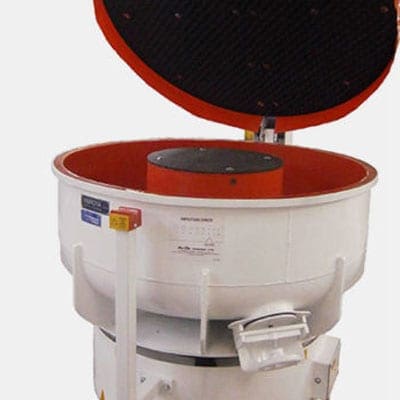
Are you looking for the best vibratory finishing process for your business but not sure which is better suited for your parts? We can help.
Our latest blog explores and explains what vibratory finishing is and how to find one that best suits your requirements.
Vibratory finishing process explained
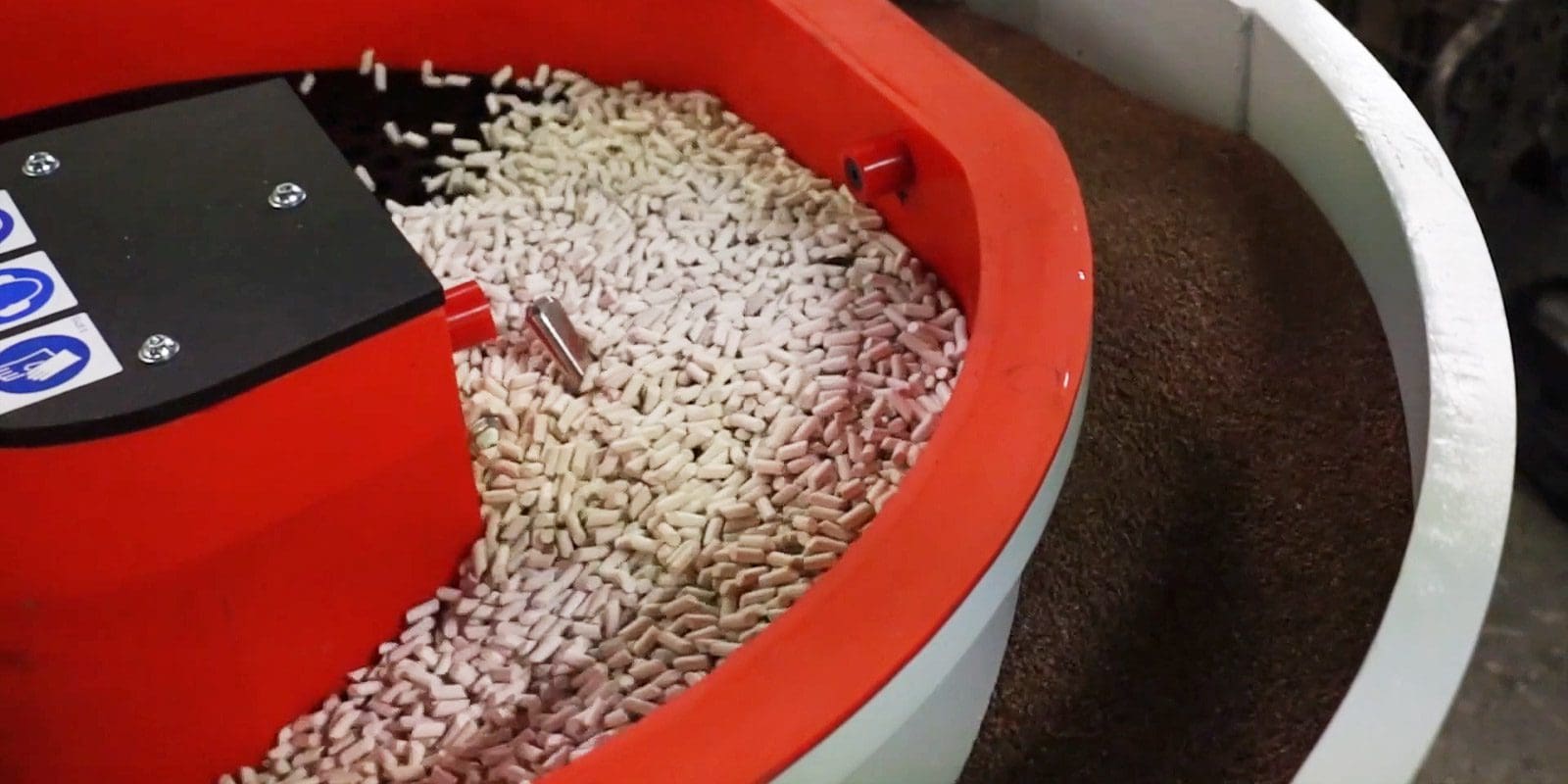

Vibratory Finishing is a process that automates the mechanical and chemical finishing of various shaped parts. In this stage a combination of media, parts and compound are placed in a vibrating machine. The vibrations cause the contents to move in a circular motions and the media to grind against the part to get the desired finish.
Vibratory finishing processes can be configured as:
- Batch system: parts are loaded into the machine, processed and unloaded before the next batch is ready.
- Continuous system: a process where the parts are loaded at one end and come out at the other end in the finished condition.
Vibratory finishing benefits:
- Reduced processing times in comparison with manual finishing.
- Produces a consistent finish in comparison with manual finish, hence there is no need to carry out rework and you avoid high part rejects rates.
- It is a cost effective finishing solution.
- Vibratory finishing systems can be easily custom built to suit different applications.
- There is a low probability of damaging delicate or large parts due to the circular motion of components and media.
- Parts of different shapes and materials can be processed in vibratory finishing machines.
- Vibratory finishing allows processing components with corners, holes, cavities and slots.
- Vibratory finishing machines can be easily loaded and unloaded.
How to identify the right vibratory finishing process for you
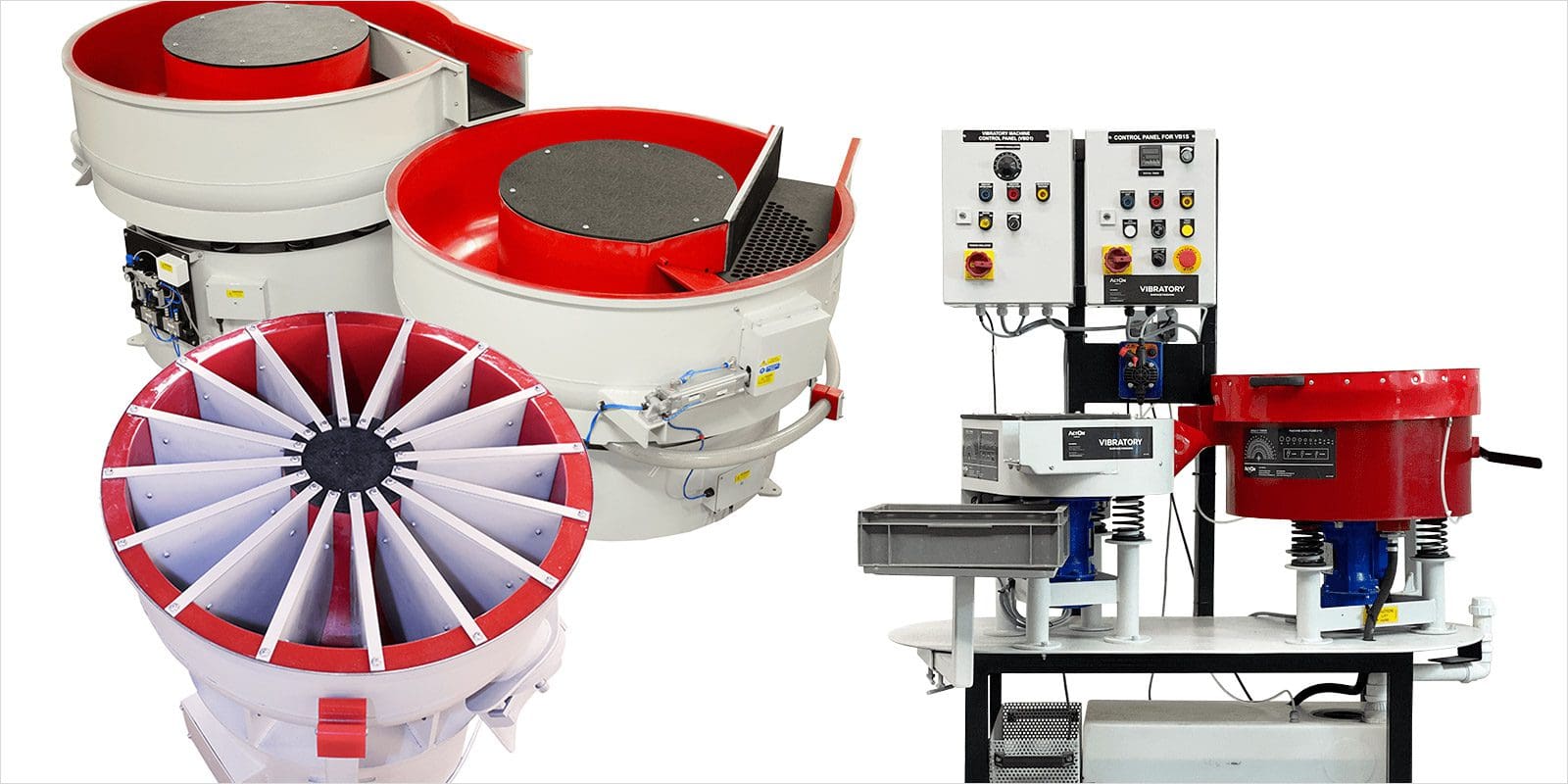

To identify the right finishing process for you part, this implies running finishing trials. This will determine the correct media, compound, vibratory finishing machine and other process parameters which will ensure repeatability in results. For the trial to be successful, we recommend going through these 7 useful steps:
- Gather information regarding your part – such as material, dimensions, shape, weight, surface, roughness, manufacturing volumes (per day, month or batch quantities), current process issues (costs, poor finish, long process times, high scrap rate or a need to carry out rework) and process requirement (deburring, descaling, radiusing, polishing or edge-breaking).
- Determine which vibratory finishing machine to use – such as vibratory troughs, bowls, dryers and duals. Each machine is designed to fit different part shapes and sizes; handle smaller or larger component batches and achieve a different finish.
- Calculate the amount of parts you can process/ batch – which can be determined through media to part ratio. Here’s how you calculate this ratio.
- Set up the finishing machine amplitude – The amplitude of a vibratory finishing machine controls the final finish of the component. The amplitude can vary from 1mm to 8mm, with 3mm to 6mm being the normal operating range. The required amplitude can be obtained by adjusting the motor weights. While for finishing delicate parts you can use a lower amplitude, a higher set amplitude is best for heavier cutting, rolling burrs or peening edges. For a polished finish or for deburring parts with slots and holes consider a small amplitude and a fast speed.
- Identify the right media for the finishing process – Combined correctly, the media and compound allow you to achieve consistent and repeatable surface finish applications including deburring, polishing, descaling, radiusing, burnishing, surface smoothing, cleaning and degreasing. Check out this article where we explain how to chose the right media and compound for your process.
- Identify the right compound for the finishing process – Compounds are integral to the success of a process. These have many
functions such as suspending the dirt, oils and media residues and flushing them from the system, as well as keeping the components and media clean, which brings stability to the process. Other advantages include corrosion inhibition, brightening of different materials and removing scale post heat treatment. As the compound acts as a lubricant, it extends the media life.
- Run the vibratory finishing trial – Which will enable you to test, improve and ascertain the finishing process parameters and establish a repeatable solution
For more information on the vibratory finishing process and what you need to set it up, please take a look at our booklet:
7 Essential Steps to Set Up a Vibratory Finishing Process
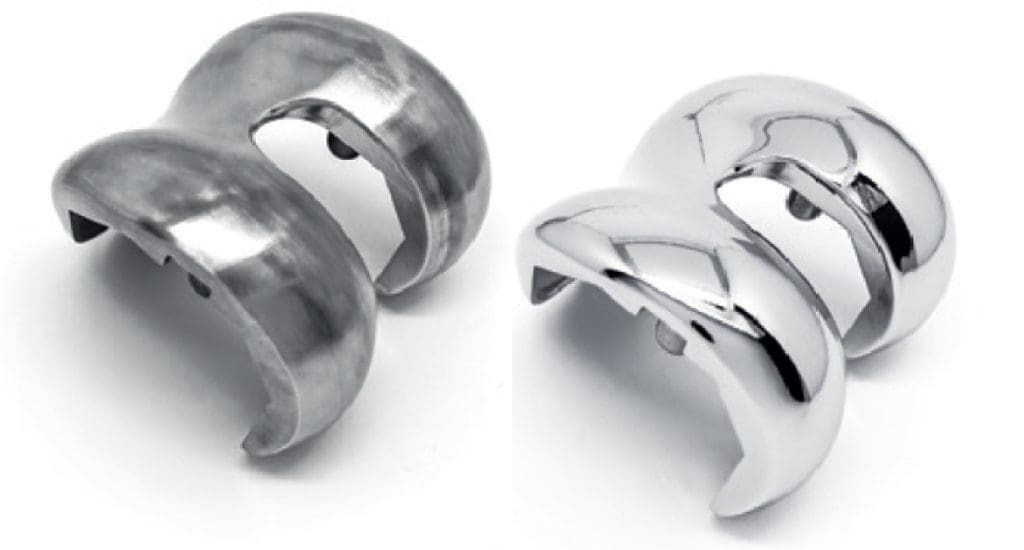

We’re also on hand if you want further information on the right vibratory process for your components, so please do contact us for further help. Our team of industry experts, engineers and designers understand the process inside out, and are on hand to advise and assist you in any way they can.
FAQs
What is a vibratory finishing machine?
As a common finishing method in the manufacturing industry, vibratory finishing is an efficient process used to optimise all types of small products and parts. Vibratory finishing machines help you clean and deburr products at a faster pace.
What is vibratory deburring?
Vibratory deburring removes the rough edges from parts and enables them to fit together more efficiently. This leads to fewer part rejections as well as improved safety. In addition, deburring is an important step in preparing parts for painting.
How does vibratory polishing work?
In this stage a combination of media, parts and compounds are placed in a vibrating machine. The vibrations cause the contents to move in a circular motion and the media to grind against the part to get the desired finish.
What is a tumbling barrel?
Barrel finishing, also known as barrel tumbling or vibratory finishing, is a surface improving operation in which a mixture of parts, media and compounds are placed in a six- or eight-sided barrel and rotated at a predetermined speed for the purpose of rounding corners, deburring, grinding, descaling, deflashing, improving surface finish and much more.
What are the different types of finishing?
There are several types of metal finishing such as metal plating, chemical finishing or coating, grinding, buffing, electroplating, and sandblasting. Each process has basic steps with all processes beginning with surface preparation. Metal finishing processes can include anything from technical processes to buffers.



